I finally got around to doing some quantitative tests on the Fuji 35-70 GF. This is the first of several posts with the results of those tests.
Here’s the test protocol:
- RRS carbon fiber legs
- C1 head
- 35, 45, and 70 mm focal length
- Target distance as per the table below
- ISO 100
- Electronic shutter
- 10-second self timer
- Wide open through f/11 in whole-stop steps
- Exposure time set by in M mode so that exposure is the same for all stops
- Focus bracketing, step size 1, 120 to 60 exposures
- Initial focus well short of target
- Convert RAF to DNG using Adobe DNG Converter
- Extract raw mosaics with dcraw
- Extract slanted edge for each raw plane in a Matlab program the Jack Hogan originally wrote, and that I’ve been modifying for years.
- Analyze the slanted edges and produce MTF curves using MTF Mapper (great program; thanks, Frans)
- Fit curves to the MTF Mapper MTF50 values in Matlab
- Correct for systematic GFX focus bracketing inconsistencies
- Analyze and graph in Matlab
MTF stands for modulation transfer function, and is a measure of how sharp a lens is. For the technically minded, it is the absolute value of the Fourier transform of the point spread function or the line spread function. For these tests, I used the line spread function, in two different orientations: near-horizontal and near-vertical. MTF50 is the frequency at which the contrast the lens can deliver drops to 50% of what it can do at low frequency. In this test, I measured MTF50 in cycles per picture height. Higher numbers are better.
Microcontrast is a different way of looking at MTF. It is the contrast available at some high frequency, in this case a quarter of a cycle per pixel. Higher numbers are better.
In a perfect lens, with a perfect test, the vertical and horizontal (or radial and tangential) values would be the same. The fact that they are slightly different on axis is an indication that the test is imperfect; there is noise, and there are some departures from the actual center of the image. The former can also apply to the edge readings, too, but it is more likely that lens aberrations such as astigmatism are causing those differences, which are larger than the on-axis deltas.
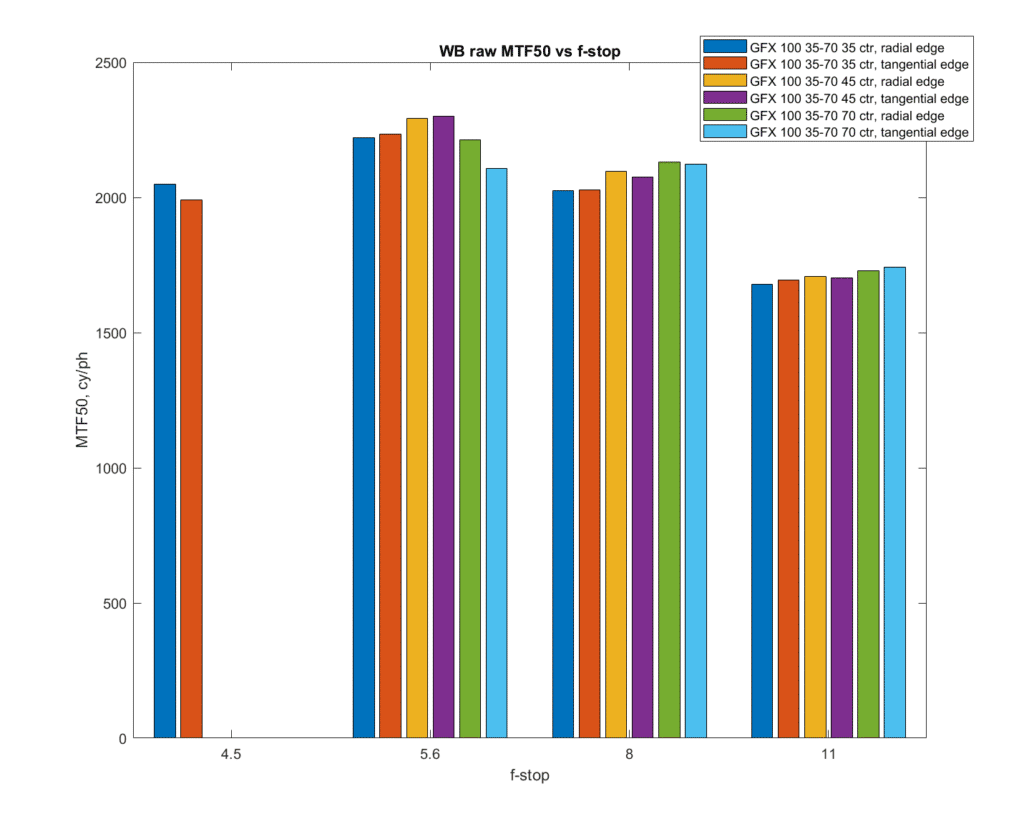
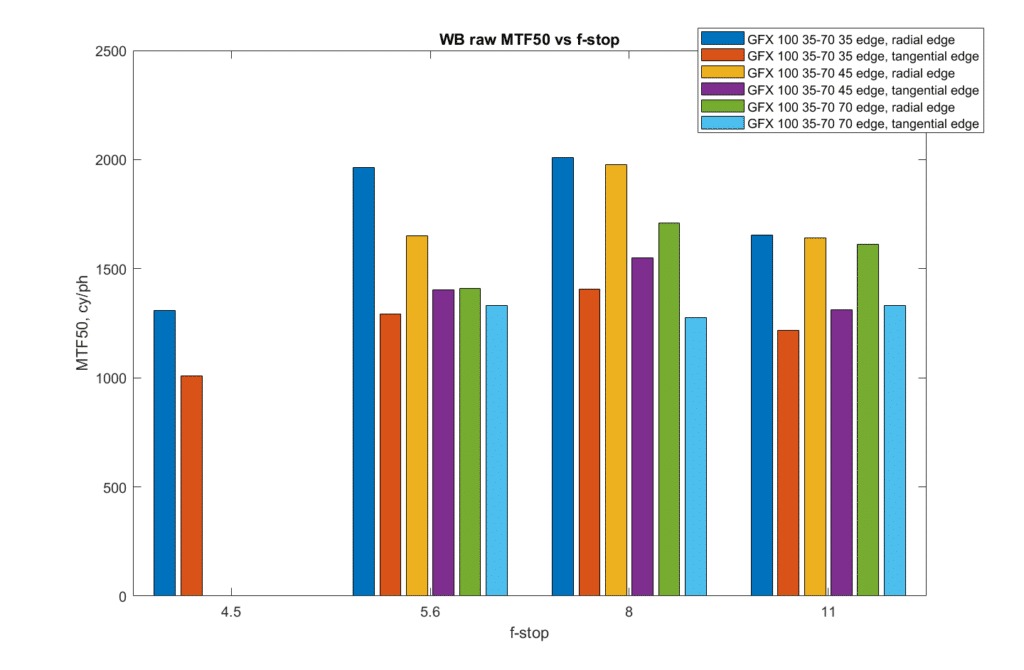
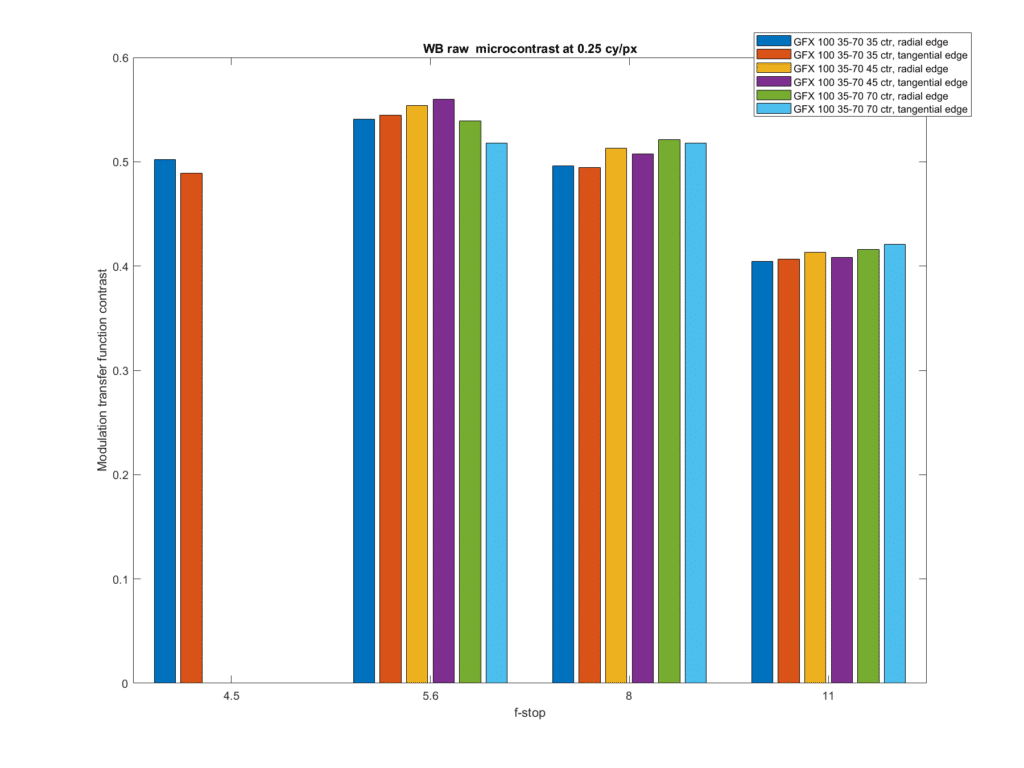
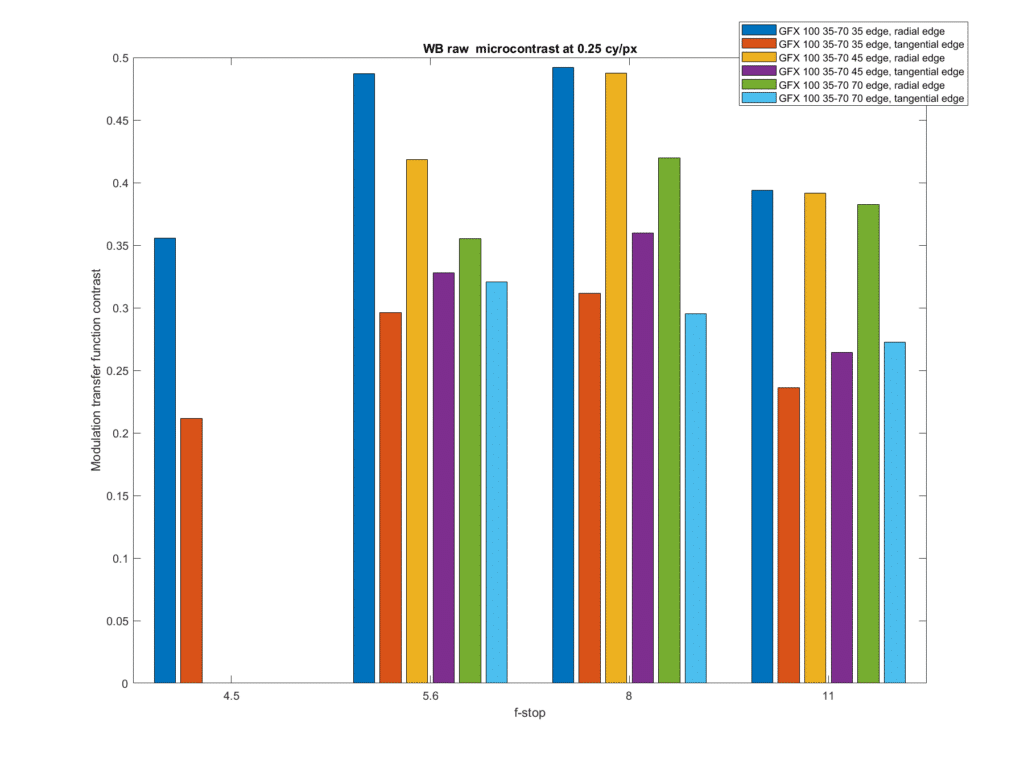
These are impressive numbers for a kit zoom. How impressive? Let’s compare the edge MTF50s to the well-respected 32-64 GF.
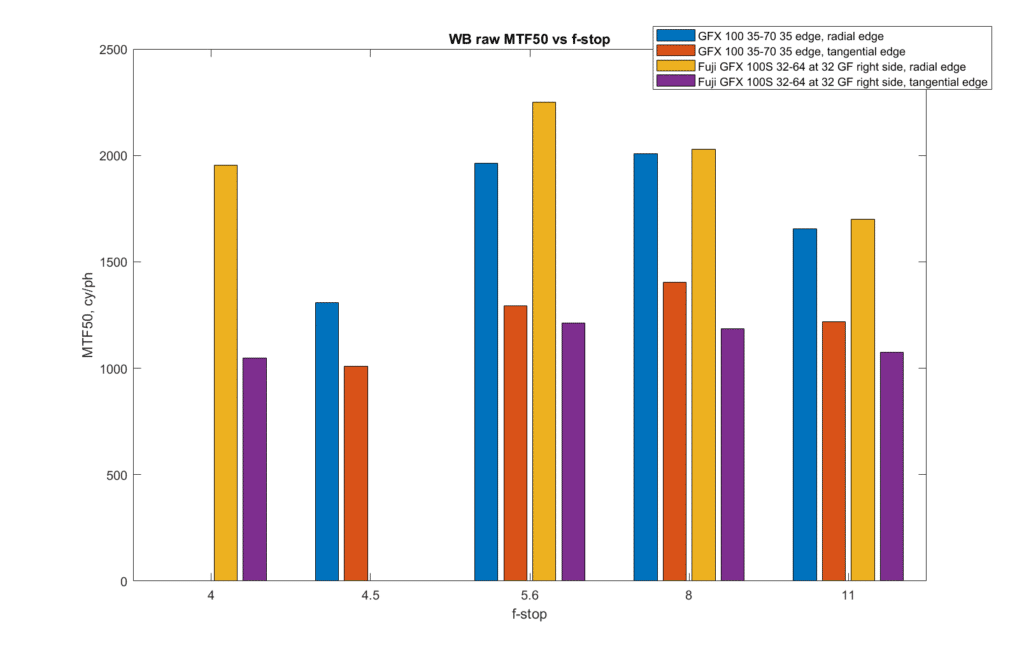
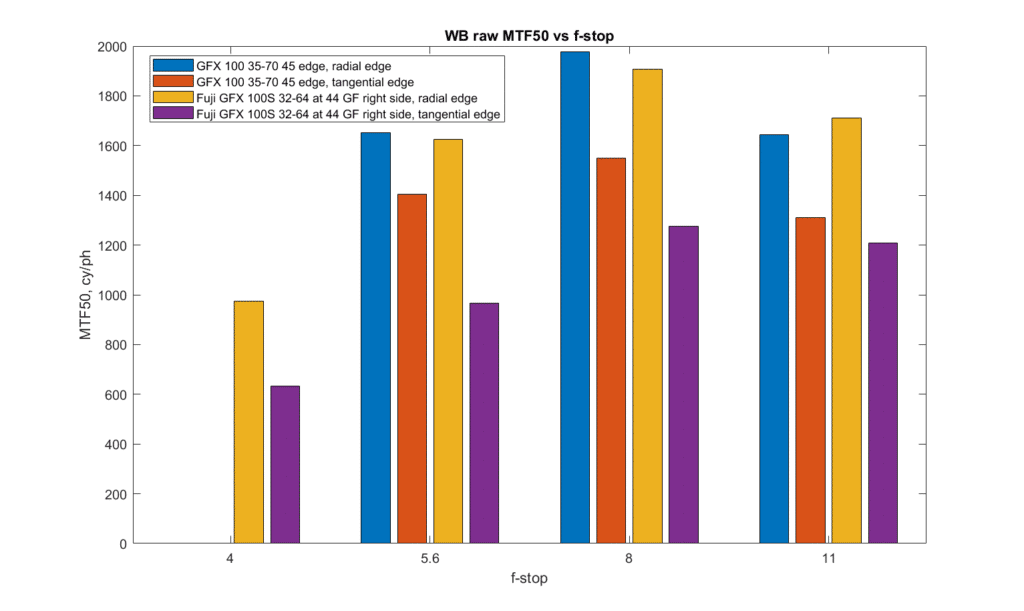
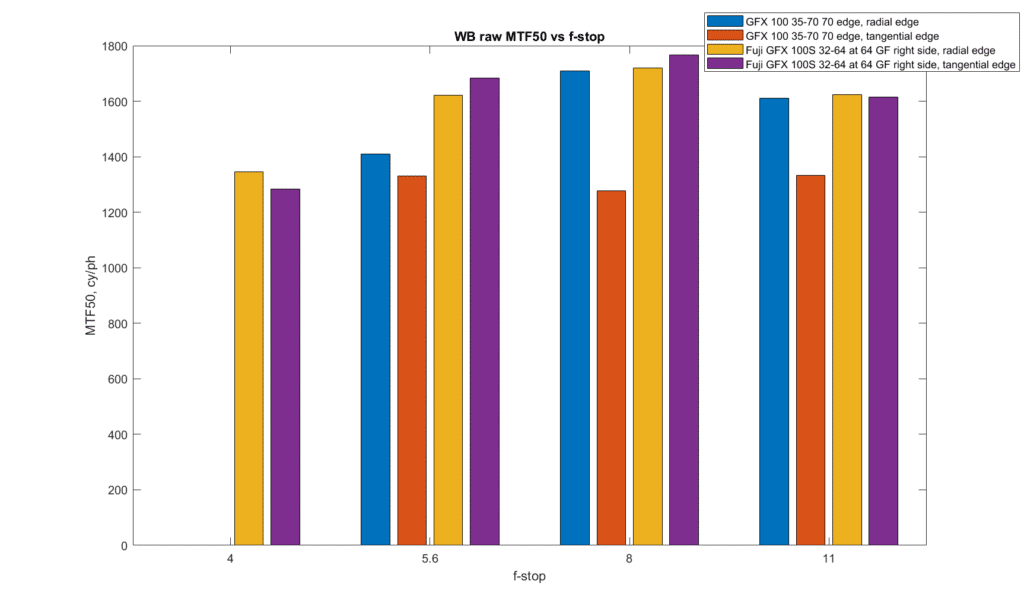
The 35-70 MTF50s are in the ballpark of the 32-64 GF. which most of us would say is an excellent lens. The Siemens star and foliage visual tests revealed much the same thing.
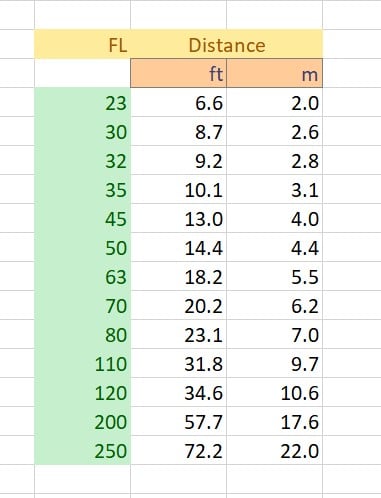
Stephen Lam says
Great information for a decision on choosing the 35-70 vs 32-64mm.
With the availability of the GF20-35mm f4 lens. I would be keen to see the MTF50 and micro contrast data for this new ultra zoom GF20-35mm lens.